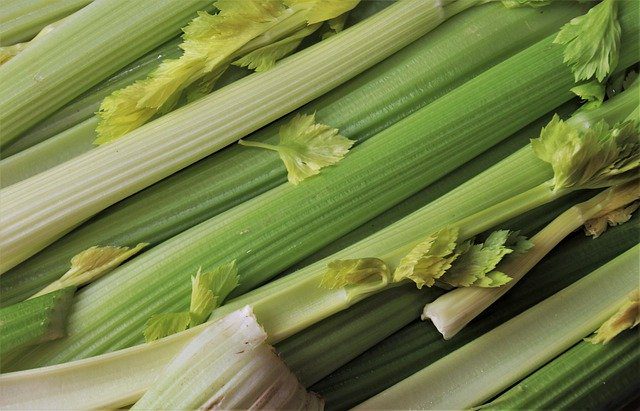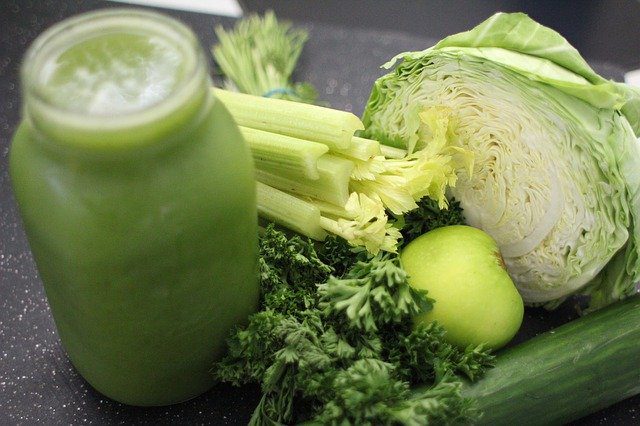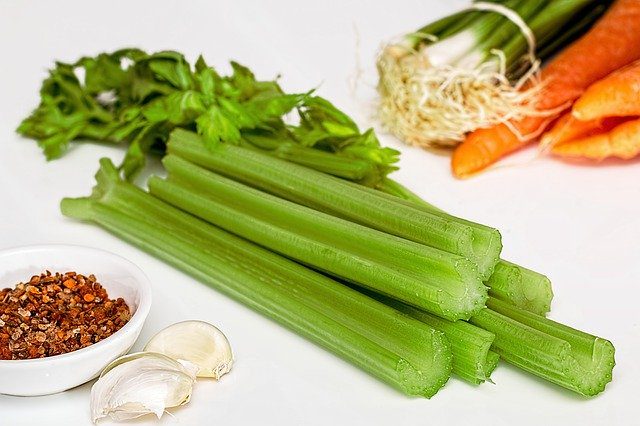Usually made from grinding celery seeds or lovage, which is quite similar to the celery, this salt makes for a fine seasoning – from fries to salads. And for those who rely heavily on it, running out is not an option. However, there are quite a few celery salt alternatives that you can keep handy.
Celery is an acquired taste. While some swear by it, many can’t even handle the taste. For those who don’t like it, a reliable celery salt alternative is a good option. And while a substitute might not really give you the identical taste, it can come pretty close to the original flavor.
Table of Contents
Is it okay to use regular salt if there’s no celery salt in the house?
If ground seeds and any other relevant elements that are used for seasoning are not available to you, salt might be a good backup plan. However, a regular salt can’t really replace the flavor of celery salt. Try using sea salt instead of plain table salt. it can turn out to be a good option.
Keeping in mind the individual taste and requirements, here is a list of some popular celery salt alternative that can be a good kitchen hack:
- If you have any type of seeds at home, grind them and add some table salt to get the aroma and texture of celery salt.
- Another good celery salt alternative is the Beau Monde seasoning. It can either come in a basic mixture of onion and celery powder and salt or with variations that contain garlic, cloves, bay leaves, and other spices.
- How about celery seeds? Celery seeds are an ideal alternative to celery salt. You can buy celery seeds from any nearby grocery store and mix plain edible salt to it. This is an instant option to get the celery salt texture. If you need this salt for baking, celery seeds are a good alternative. Adding ½ teaspoon of ground celery seeds to your mixture should do the trick.
- Another good celery salt alternative is celery flakes. They are quite pungent and add a nice bite to recipes.
- And while this might sound odd, but finely chopped green beans or even their stems can step in as a celery salt alternative. Romain lettuce stems too in fact can do the job. The same goes for finely chopped mustard greens, if you happen to grow them at home.
- Water chestnuts too work, especially if you’re making a stir-fry and need additional crunch.
- Believe it or not, if push comes to shove, you can even use finely chopped onions to play the part of a celery salt alternative. Of course you won’t get the same aroma and flavor but it does work as a temporary substitute.
- Cabbage, a vegetable that can be cooked in various ways, can also be used to replace celery salt. Chop it up really finely and use it as a last-minute touch to your dish to get that extra aroma and crunch.
- Anise root can again be a great celery substitute as it adds an interesting taste to your recipe.

Although the above substitutes can work as an immediate replacement for celery salt, they can never really do the job of celery salt. It’s also pretty easy to make celery salt at home. Here’s how:
- Take 1 tablespoon of dry celery seeds and almost 2 tablespoons of salt.
- Add the celery seeds into a blender or a high-speed spice mill in your kitchen. Grind it till it turns into a perfect powder.
- Next, add the salt into the mixture and grind it again. This will ensure that the two ingredients are mixed properly. If you use sea salt granules instead of regular salt, you need both the ingredients to be powdered.
- Once done, spoon the mixture into an airtight mixture and store it in a cool and dry place for longevity.
There are quite a few celery salt alternatives available online but there’s nothing quite like making it at home. It’s easy to make and can last you a while if stored carefully. And while there isn’t enough research to back up this theory, moderate uses of celery salt can also aid in the control and management of anxiety, arthritis, common cold, flu, gout, high blood pressure and insomnia. It is known to contain calcium and vitamins and also has antioxidant properties. Every 100 grams of celery leaves contain only 16 calories, so it might even help you on your journey to lose weight.
Some more facts!
Celery, also known as Apium Graveolens, has been harvested since time immemorial. In fact, its existence is mentioned even in ancient Greek mythology. The English word ‘celery’ however dates back only to the 17th century. Today, it’s a popular ingredient in cuisines across the world. And celery seed salt is now added to soups, stews, salads, and even fried food as a garnish.

Replacing The Celery Seed
If you want to make a celery salt at home but don’t want to use celery seeds, or can’t find them in the stores by any chance, you can use other ingredients to make a celery salt alternative. Let’s look at a few options.
- Celery stalks and leaves – The stem, leaves, and seeds of celery carry a similar scent and flavor. However, the taste you get in celery seeds is much more concentrated. This means the quantity of stalks or leaves you require to prepare celery salt alternative needs to be higher than its seeds. Another factor to look out for it their texture and bulk. As they are fibrous, using them will add more bulk to your soups. So chop them up real fine before using them.
- Dill seed – Celery and dill seeds are quite close when it comes to a few characteristics, even though they look totally different. Any dish that requires celery salt alternative or celery seed can also be made using dill.
- Caraway seeds – You can try caraway seeds instead of celery, especially if you’re planning to make anything with potatoes or a salad.
- Nigella sativa – Yet another spice that can replace celery seeds in your kitchen. These seeds add a lovely nutty flavor to your food. If you are in India, this is one spice you’ll find everywhere.
Role of celery salt in cooking
Celery salt is the main ingredient in celery creams and soups. Celery seasoning or salt can add flavor to your pack of chicken wings. Any tuna salad is incomplete without its crunch. Plus it adds tremendous flavor to fried food and broths.

The one major role celery salt alternatives play when it comes to replacing the original thing is if you are allergic to celery. It’s not common but for those who have a pollen allergy, you might end up being allergic to celery even. Symptoms such as tingling of the mouth, digestive issues, and difficulty in breathing might indicate you are. So get a food allergy test done before eating celery in any form. In severe cases, it can also lead to anaphylactic shocks. Celery and celeriac are two ingredients with similar properties, so if you are allergic to one it is always better to avoid both.
Features of celery
Understanding the celery as an ingredient can contribute to finding the perfect celery salt alternative.
Color- Celery seeds are brown and when added to food as a garnish, tend to visually stand out.
Texture– Celery seeds add crunch to a dish, so you will need a similar replacement.
Seasoning – It’s typically used as a dressing or a garnish, so find a replacement that can play the role.
Aroma – It has a unique aroma that can change the overall fragrance of most dishes.
The above features should help you to find a good celery salt alternative with similar properties. Substitutes like apple, carrot, and cabbage are immediate alternatives to celery.
Conclusion
If you are a true gourmand, you’re probably always looking for that dash of celery in your food, whether as salt or bits of the stem. And given that it is healthy and nutritious and adds a lot of taste, texture, and aroma to most dishes, it’s no surprise that celery has come to be this popular.


